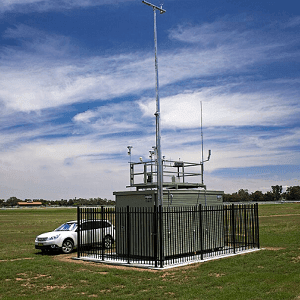A recent study from the University of Utah reveals significant racial and ethnic disparities in the placement of air quality monitors across the United States. The research, published in JAMA Network Open, found that the U.S. Environmental Protection Agency (EPA) air quality monitors are disproportionately located in predominantly white neighborhoods. This uneven distribution means that air quality data often fails to capture pollution levels in communities of color, leaving these populations at greater risk.
Lead author Brenna Kelly, a doctoral student at the University of Utah, highlighted the implications of this disparity. “Even though this data is of really high quality, that doesn’t mean that it’s high quality for everyone,” she explained. The study examined the locations of monitors for six major pollutants, including lead, sulfur dioxide, ozone, and carbon monoxide. It found that marginalized communities, particularly Native Hawaiians, Pacific Islanders, American Indians, and Alaska Natives, are most affected by this inequity.
The research underscores the importance of equitable distribution of air quality monitors to ensure accurate data collection and effective public health interventions. Without proper monitoring, pollution levels in minority communities may be underestimated, leading to inadequate policy responses and continued health disparities. Simon Brewer, co-author and associate professor of geography, emphasized the need for careful decision-making in monitor placement, stating, “These monitors are not being distributed equitably.”
Addressing these disparities is crucial for protecting the health of all communities and ensuring that environmental policies are based on comprehensive and inclusive data.
See: “Study finds racial and ethnic disparities in air quality monitor locations in the US” (March 13, 2025)



